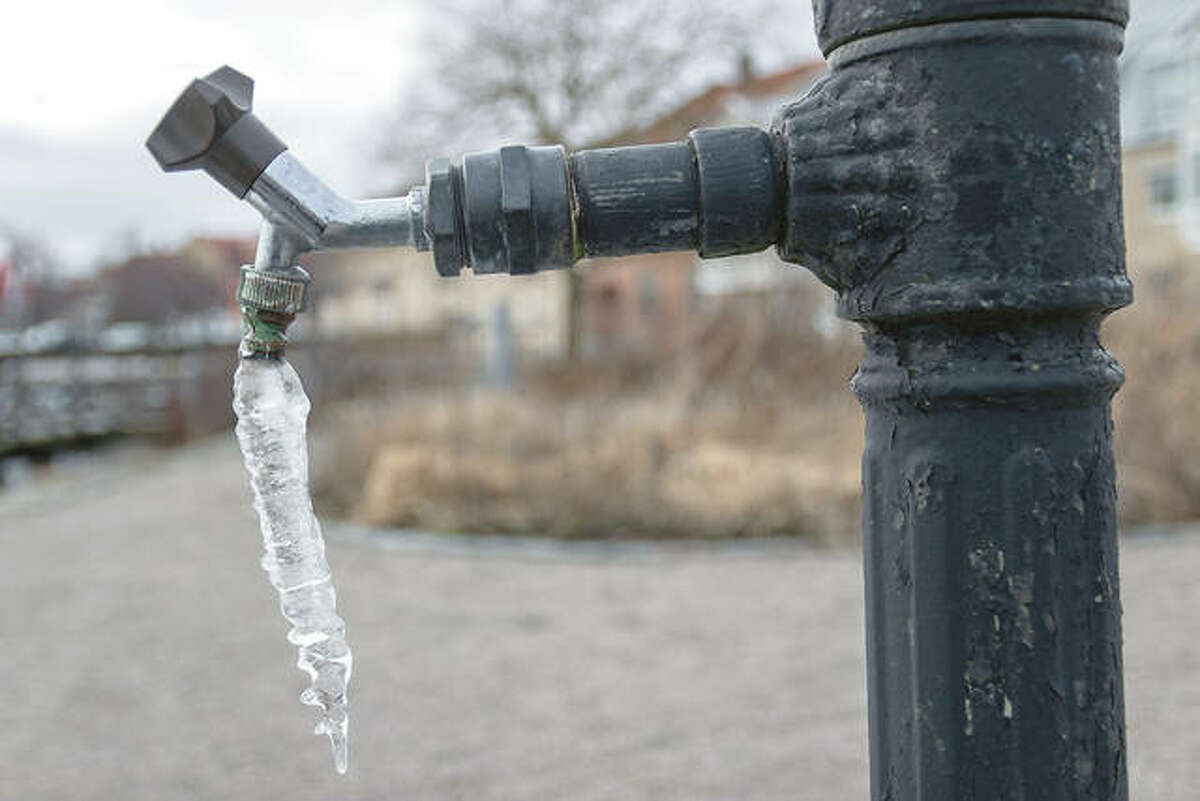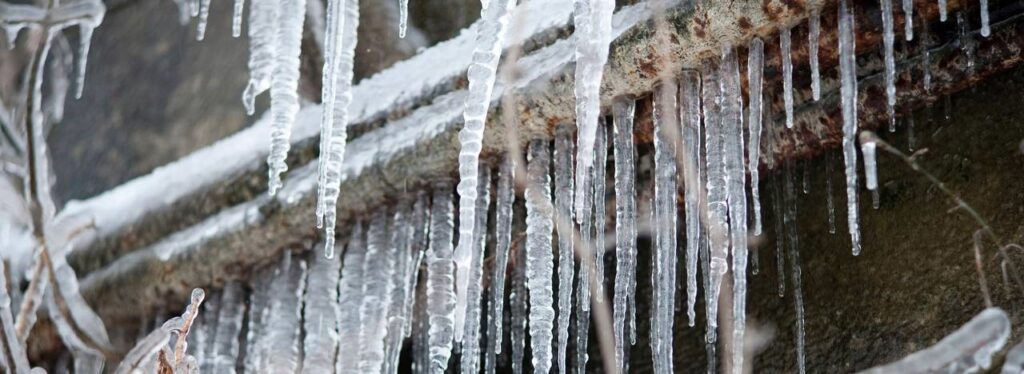Crucial Advice for Preventing Frozen Plumbing in Cold Weather Conditions
Crucial Advice for Preventing Frozen Plumbing in Cold Weather Conditions
Blog Article
Here down the page you will find more excellent insight relating to Winter Plumbing Precautions: Preventing Frozen Pipes.

Winter can damage your pipes, particularly by freezing pipelines. Here's just how to prevent it from occurring and what to do if it does.
Introduction
As temperature levels drop, the danger of icy pipes boosts, possibly bring about costly repair services and water damage. Understanding exactly how to avoid icy pipes is essential for house owners in cool climates.
Avoidance Tips
Insulating susceptible pipes
Wrap pipes in insulation sleeves or utilize warm tape to secure them from freezing temperatures. Focus on pipes in unheated or exterior areas of the home.
Heating techniques
Maintain interior areas sufficiently heated, particularly locations with plumbing. Open up cabinet doors to enable cozy air to circulate around pipelines under sinks.
Just how to identify frozen pipelines
Look for reduced water circulation from taps, unusual odors or noises from pipelines, and noticeable frost on exposed pipes.
Long-Term Solutions
Structural modifications
Take into consideration rerouting pipelines far from outside wall surfaces or unheated areas. Add extra insulation to attics, basements, and crawl spaces.
Upgrading insulation
Invest in top quality insulation for pipes, attics, and walls. Correct insulation aids keep constant temperatures and decreases the risk of icy pipelines.
Protecting Outside Pipes
Yard hose pipes and outside taps
Disconnect and drain pipes yard hoses prior to winter months. Mount frost-proof spigots or cover exterior taps with protected caps.
Understanding Frozen Pipelines
What causes pipelines to freeze?
Pipes freeze when subjected to temperatures below 32 ° F (0 ° C) for expanded durations. As water inside the pipelines freezes, it broadens, taxing the pipe wall surfaces and possibly causing them to rupture.
Threats and damages
Frozen pipelines can bring about water system disturbances, residential property damages, and expensive repairs. Ruptured pipelines can flooding homes and trigger comprehensive structural damages.
Indications of Frozen Water Lines
Identifying icy pipelines early can avoid them from bursting.
What to Do If Your Pipelines Freeze
Immediate actions to take
If you suspect icy pipes, maintain faucets open to soothe pressure as the ice melts. Utilize a hairdryer or towels soaked in warm water to thaw pipes gradually.
Conclusion
Protecting against frozen pipelines requires aggressive steps and fast feedbacks. By understanding the causes, indicators, and safety nets, property owners can secure their pipes throughout winter.
6 Proven Ways to Prevent Frozen Pipes and Protect Your Home
Disconnect and Drain Garden Hoses
Before winter arrives, start by disconnecting your garden hoses and draining any remaining water. Close the shut-off valves that supply outdoor hose bibs and leave the outdoor faucet open to allow any residual water to drain. For extra protection, consider using faucet covers throughout the colder months. It’s also important to drain water from any sprinkler supply lines following the manufacturer’s directions.
Insulate Exposed Pipes
Insulating your pipes is an effective way to prevent freezing. Pipe insulation is readily available at home improvement stores and is relatively inexpensive. Pay close attention to pipes in unheated areas such as the attic, basement, crawl spaces, or garage. Apply foam insulation generously to create a buffer against the cold. You can also wrap your pipes in heat tape or thermostat-controlled heat cables for added warmth.
Seal Air Leaks
Inspect your home for any cracks or openings that could let in cold air. Seal any holes around the piping in interior or exterior walls, as well as the sill plates where your home rests on its foundation. Additionally, make sure to keep your garage door closed unless you’re entering or exiting. Leaving it open creates a significant air leak that can lead to frozen pipes.
Allow Warm Air Circulation
During cold snaps, it’s essential to allow warm air to circulate evenly throughout your home. Leave interior doors ajar to promote better airflow. Open kitchen and bathroom cabinets to help distribute heat consistently around the rooms. If you have small children or pets, be sure to remove any household chemicals or potentially harmful cleaners from open cabinets for safety.
Let Faucets Drip
A small trickle of water can make a big difference in preventing ice formation inside your pipes. When temperatures drop significantly, start a drip of water from all faucets served by exposed pipes. This continuous flow helps prevent the water from freezing. Additionally, running a few faucets slightly can relieve pressure inside the pipes, reducing the chances of a rupture if the water inside does freeze.
https://choateshvac.com/6-proven-ways-to-prevent-frozen-pipes-and-protect-your-home/

As a reader about 6 Ways to Prevent Frozen Pipes, I imagined sharing that piece of content was really helpful. Loved our write-up? Please quickly share it. Let another person discover it. Thank-you for your time invested reading it.
Visit My Site Report this page